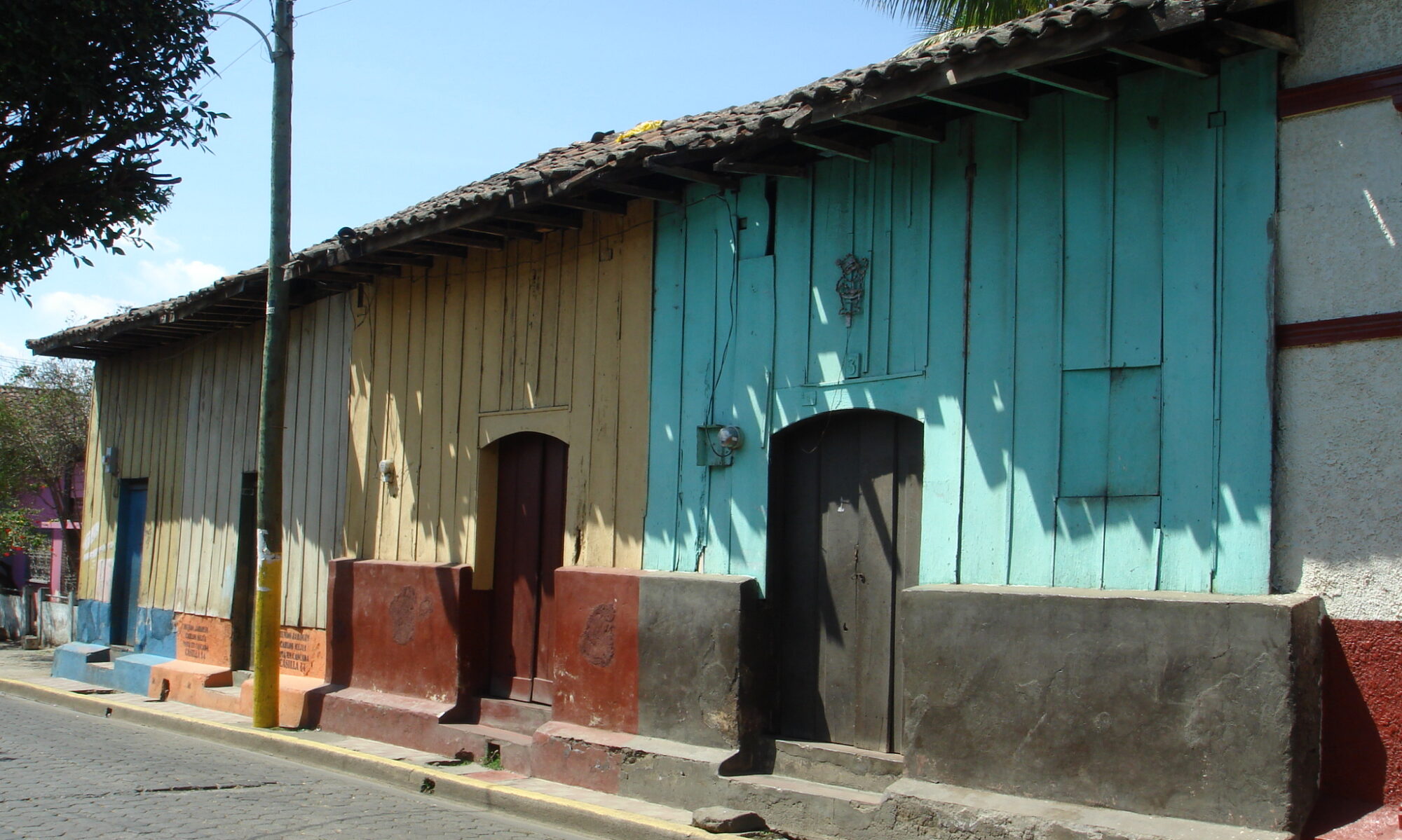by Shamil Khakimov, Bakhtiar Nurtaev
This housing type is used in the construction of residential and public buildings in many cities throughout Uzbekistan (including the capital city Tashkent) that are located in zones with intensities between 7-9. Residential buildings of this type are generally 9 to 12 stories high, whereas public buildings of the same construction are 1 to 4 stories high. All seismic load-resisting (and also nonstructural) components, e.g., foundations, columns, girders, slabs, staircases, wall panels, etc., are manufactured in specialized plants. The materials are subsequently transported to the building site. The positive features of this construction type are (1) the ability to manufacture all building materials in an industrialized setting, and (2) the gain in efficiency inasmuch as the same building components may be used both for residential and public buildings. The key drawback is that the welded joints cause seismic vulnerability when the building is located in zones of extremely high seismic loads. These joints have shown extremely brittle behavior during earthquakes. Earthquake damage is mainly concentrated in the column joints, or in the column-to-girder joints. In some cases non-bearing walls and exterior wall panels have collapsed.











